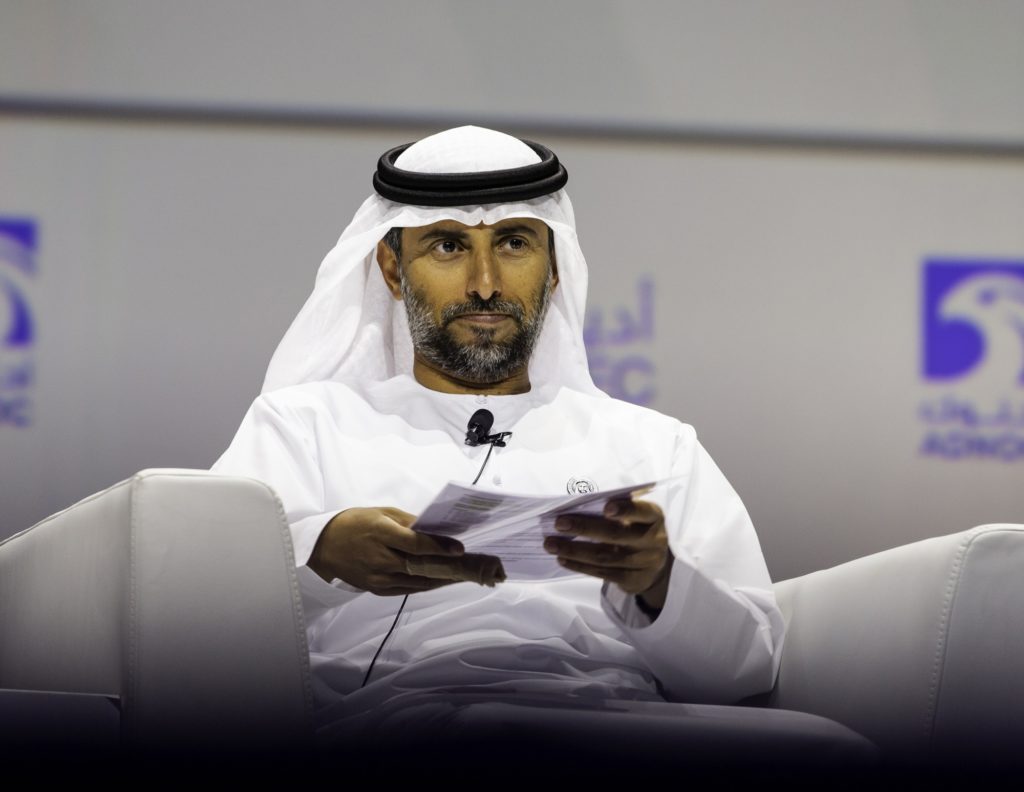
The United Arab Emirates and Saudi Arabia appear to have reached a compromise that will allow OPEC to continue in its moderation of the oil market.
The UAE had pushed back against continued cuts, arguing that its baseline had been set lower than competitors. As such, the OPEC+ controls hurt the emirates more than other states.
For a moment, relations between the UAE and Saudi had appeared strained, causing some talk of a new rift and the breakdown of oil market controls.
The UAE issued a statement early this month describing the reference production baseline as “unfair”. It argued, instead, to divide the issue of production controls and the extension of the OPEC agreement. Under this proposal, production would have increased in August.
An extension of production cuts should only come after a review of the baseline, it said.
Rifts and renegotiations
It now appears that a deal has been reached, setting the UAE’s new baseline at 3.65 million barrels per day. This is up from the original baseline of 3.17mn bpd.
“There’s a risk this could open the door to other countries to ask for their own increases,” Fitch Solutions head of oil and gas Joseph Gatdula said.
“Iraq has come up with a similar argument and other countries may argue that economic hardship should see their production rise. That’s why Saudi has pushed so hard against this. Now the UAE has a special break, does that lead to less control? That’s a valid concern.”
The Fitch Solutions analyst noted that the rift between the UAE and Saudi was unusual. The two have had a close relationship, “in the Gulf Co-operation Council (GCC), in OPEC, militarily”.
While OPEC members have much to gain from supporting oil prices, compliance with cuts has historically become harder as these rise.
“There’s an argument that the OPEC+ curtailments may keep going indefinitely. There are some concerns around potential over supply, if the US shale drillers come back, if an Iran deal is reached. There is an idea that OPEC+ may be around for the long term. As such, the UAE needed a rebased line,” Gatdula continued.
Closing window
The Fitch analyst went on to note that the UAE is working from a strategy of maximising production, given concerns about the longevity of oil demand. “The window to benefit from those resources is closing,” Gatdula said.
There is a narrow window open to take advantage of oil price strength. Fitch Solutions sees most of the demand recovery coming this year. More supply is likely to enter the market in 2022.
“We expect OPEC to add 1mn bpd in the third quarter and another 1mn bpd in the fourth quarter. The group will try to do that ahead of the return of Iranian barrels and US shale,” Gatdula said. “There’s a little more room to run for oil prices to run in the second half of this year, perhaps into the upper $70s. This will be followed by a bit more weakness in 2022.”
The UAE is working on plans to expand oil production to 5mn bpd. The Fitch Solutions analyst said this may well fit with the industry’s declining production problem. Not enough investment has gone in to compensate for declining fields, following the last two downturns.
